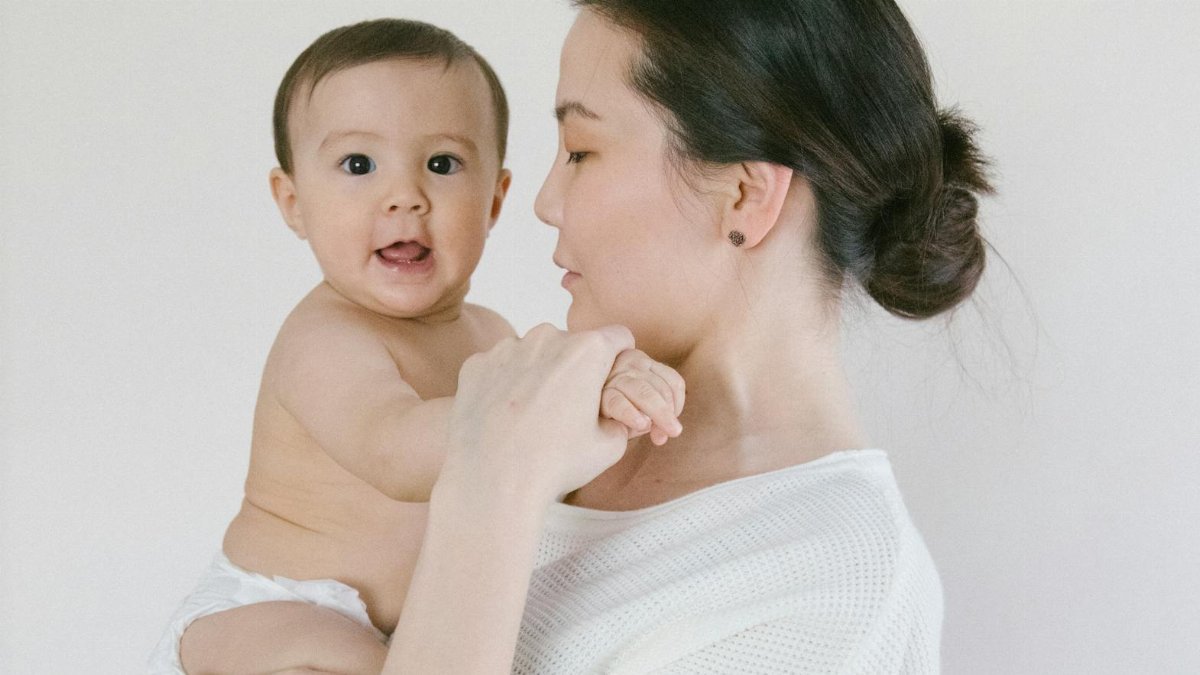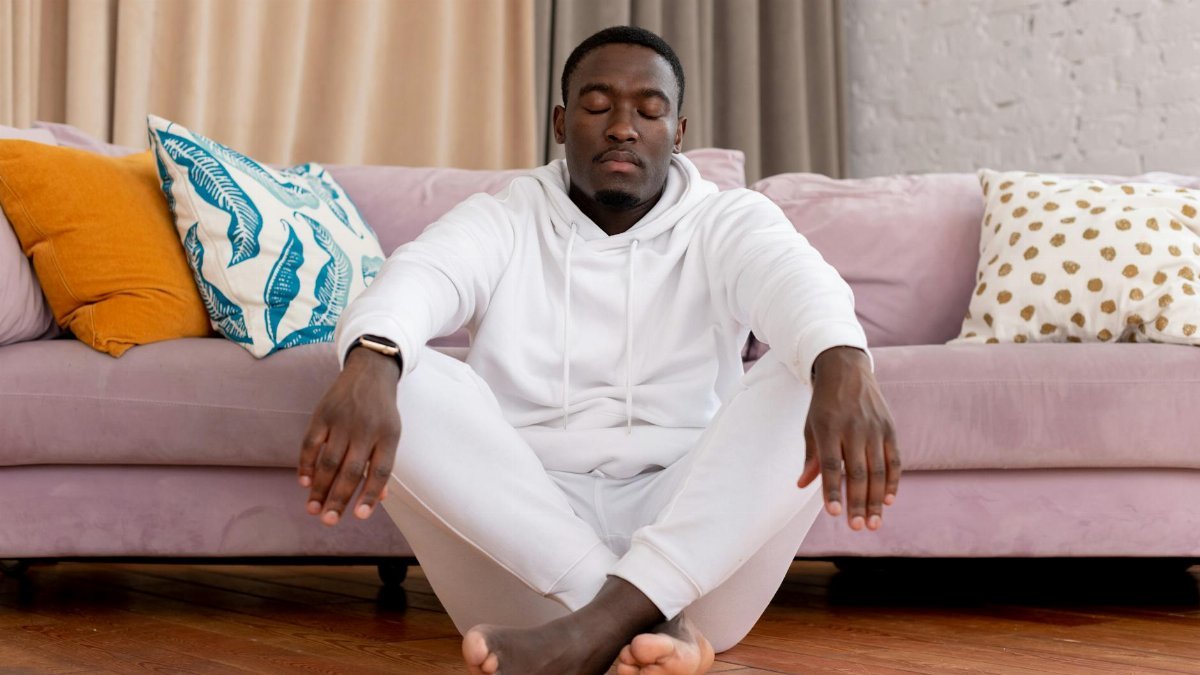Imagine stepping into a space so intentionally designed that the chaos of the day simply melts away. In bustling cities across the U.S., from Seattle to Brooklyn, a quiet movement is taking hold: the rise of “one-room living” apartments that prioritize mental clarity over square footage. These compact, thoughtfully curated spaces—often just a single room with multipurpose zones—embody what many are now calling “one room calm.” It’s not just about living small; it’s about living with less noise, both literal and mental. As urban life grows more frenetic in 2025, with endless notifications and packed schedules, the appeal of a stripped-down sanctuary is striking a chord. For a growing number of Americans, these apartments aren’t a compromise but a deliberate choice—a way to reclaim peace amid the grind. How did this trend take root, and why does it resonate so deeply?
The Origins of One Room Calm

Single-room living isn’t new—think of the tiny studio apartments of post-war New York or the minimalist lofts of the 1970s art scene. But today’s iteration carries a different intent. It’s less about affordability (though that’s often a factor) and more about psychological relief. Architects and designers note that the concept of one room calm emerged as a response to decision fatigue—a term psychologists use to describe the mental drain of constant choices. In a sprawling home, every corner demands attention: what to display, where to sit, how to organize. A one-room space, by contrast, forces simplicity. There’s one bed, one table, maybe a fold-out desk. The mind exhales. As urban density spikes, with over 80% of Americans now living in metropolitan areas according to the U.S. Census Bureau, this need for mental breathing room feels urgent.
Designers point to cultural shifts too. The minimalist wave, sparked by figures like Marie Kondo, laid the groundwork. But one room calm takes it further, blending sparse aesthetics with intentional functionality. It’s a rebellion against the “more is better” ethos that still lingers in American housing ideals.
Why Small Spaces Soothe

Ever notice how a cluttered room can make your thoughts race? There’s science behind that. Studies from institutions like the University of California, Los Angeles have shown that visual clutter increases cortisol levels, the body’s stress hormone. In a one-room apartment, there’s nowhere to hide mess—literally. Every item must earn its keep, which often means owning less. This forced editing process, psychologists argue, can feel liberating. A 2019 study published in the Journal of Experimental Psychology found that people in smaller, organized spaces reported lower anxiety compared to those in larger, chaotic environments. One room calm, then, isn’t just a design trend; it’s a mental health strategy.
Take the example of a young graphic designer in Chicago, who swapped a two-bedroom rental for a 300-square-foot studio. She described the shift as “like turning down the volume on life.” Her space doubles as a bedroom and workspace, with a Murphy bed that tucks away to reveal a clean desk. The lack of extra rooms means fewer decisions. Where once she agonized over decor for multiple spaces, now she focuses on a single, cohesive vibe. Her mind, she says, feels lighter for it.
Design Elements That Amplify Peace

What makes a one-room apartment feel calming rather than cramped? Designers emphasize adaptability. Think modular furniture—couches that become beds, tables that fold into walls. These innovations, often inspired by Japanese design principles, maximize utility without visual overload. Natural light plays a huge role too. A single, well-placed window can transform a tiny space, making it feel expansive. Color palettes matter as well; soft neutrals or muted greens often dominate these apartments, echoing nature’s calming effect, as supported by research from the National Institutes of Health on biophilic design.
Beyond aesthetics, there’s a focus on flow. In a one-room setup, every movement—cooking to sleeping to working—happens in a shared footprint. Architects stress the importance of zoning, using subtle dividers like curtains or low shelves to suggest separation without walls. This balance keeps the space open while tricking the brain into feeling structured. It’s a delicate dance, but when done right, it’s seamless.
The Emotional Pull of Simplicity

There’s something visceral about walking into a space with no excess. It’s not just the lack of stuff—it’s the promise of focus. For many, one room calm taps into a longing for control in an unpredictable world. A divorced father in Portland, for instance, moved into a one-room loft after years in a sprawling suburban home. He spoke of the relief in having just one space to maintain, a single area to imprint with his identity after a turbulent chapter. His apartment, with its lone bookshelf and compact kitchenette, became a canvas for rebuilding, not just a place to sleep.
This emotional resonance isn’t universal, of course. Some find small spaces stifling, a reminder of constraint rather than freedom. But for those drawn to one room calm, the emotional payoff often outweighs the square footage sacrificed. It’s about curating life down to essentials, mirroring a broader cultural hunger for meaning over material.
Challenges of One Room Living

Let’s not romanticize it—living in a single room isn’t always serene. Privacy vanishes when every function shares the same space. Hosting guests can feel awkward; there’s no spare room to escape to. For couples or families, the setup often breeds tension unless boundaries are meticulously drawn. Even solo dwellers sometimes crave variety—a different view, a separate nook. Online discussions frequently highlight this struggle, with one person sharing how their one-room apartment felt like a “cozy trap” after months of isolation during a rainy winter.
Storage is another hurdle. Without closets or extra corners, clutter can creep in fast, undermining the very calm the space is meant to foster. Designers admit that discipline is non-negotiable. If you’re not ruthless about what you keep, the minimalist dream unravels. These challenges remind us that one room calm isn’t a one-size-fits-all fix—it demands commitment and adaptability.
A Broader Cultural Shift

Zoom out, and one room calm reflects something larger. It’s tied to the growing rejection of consumer excess, a pushback against the McMansion era. In 2025, with housing costs still climbing—median rent in major cities hovers around $1,800 per month per the Pew Research Center —smaller footprints make financial sense. But the draw isn’t just economic. It’s philosophical. Younger generations, especially Millennials and Gen Z, are prioritizing experiences over possessions, a trend well-documented in recent surveys. A one-room apartment becomes a statement: I choose calm over chaos, intention over sprawl.
Urban planners see this as a tipping point. As cities densify, micro-apartments are popping up from Los Angeles to Miami, often marketed explicitly for their mental health benefits. Will this reshape how we define “home”? Perhaps. For now, one room calm offers a glimpse into a future where less space might just mean more peace.
So, as the world speeds up, these single-room sanctuaries stand as quiet defiance. They ask us to rethink what we need to feel grounded. Not everyone will embrace the trend—some crave the sprawl of multiple rooms, the luxury of separation. But for those who do, the promise of one room calm is tangible: a life with fewer burdens, distilled to what truly matters.
